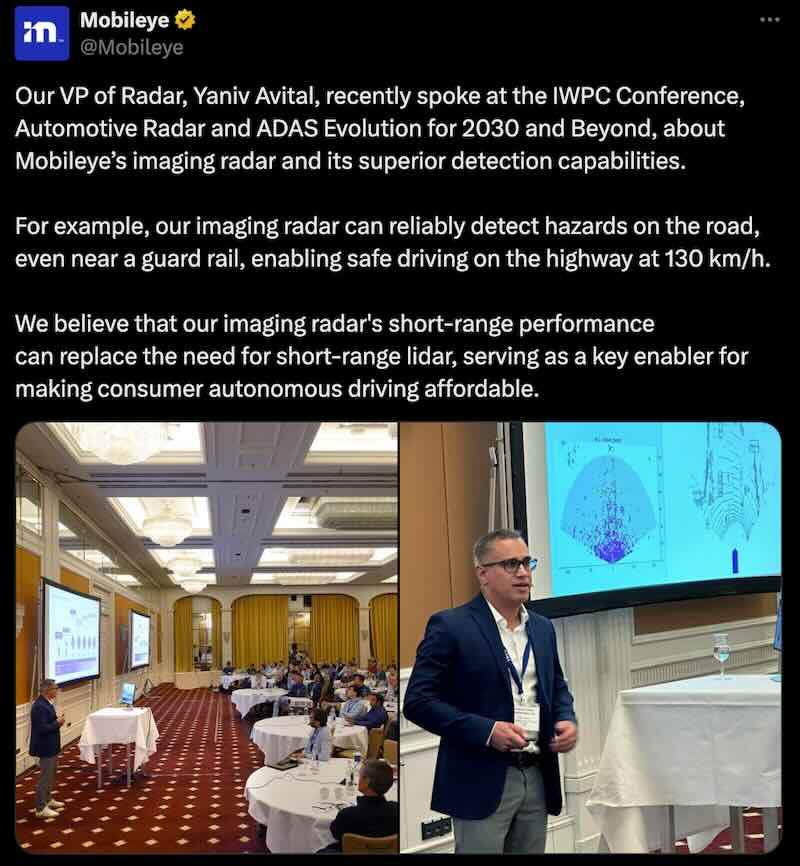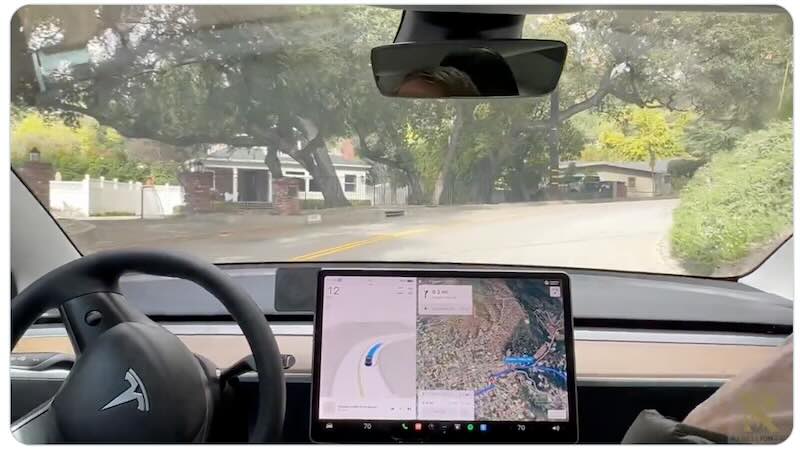In the ever-evolving world of autonomous driving, Tesla’s made a bold move that’s got the industry buzzing. Remember when everyone thought Lidar was the be-all and end-all for self-driving cars? Tesla’s cracked the code on vision-only autonomous driving, effectively solving the same problems Waymo addressed with Lidar. But here’s the kicker: they’ve done it without all the fancy (and expensive) laser-based gadgetry.
So, what’s this occupancy network all about? In a nutshell, it’s Tesla’s secret sauce for understanding the world around the car using nothing but cameras. By crunching massive amounts of visual data, the system creates a 3D representation of the vehicle’s surroundings, much like Lidar does, but without the hefty price tag and bulky hardware.
When Tesla made the leap to end-to-end (E2E) autonomous driving, the occupancy network proved its worth. The compressive effects of this clever bit of tech helped the system converge much faster, streamlining the learning process and bringing us one step closer to fully autonomous vehicles.

Mobileye enters the fray with imaging radar
While Tesla’s been busy reinventing the wheel, MobilEye been cooking up something of their own. They’re looking to replace short-range Lidar with imaging radar.
Yaniv Avital, MobilEye VP of Radar, recently spilled the beans at the IWPC Conference, boasting about their imaging radar’s superior detection capabilities. “Our imaging radar can reliably detect hazards on the road, even near a guard rail, enabling safe driving on the highway at 130 km/h,” he claimed.

So, why’s MobilEye so gung-ho about radar? Well, for starters, modern HD radar is pretty darn impressive. Unlike Lidar, radar doesn’t have visibility issues in poor weather conditions. Plus, it’s got no moving parts, making it more reliable and easier to maintain.
Here’s the real kicker: radar can be hidden behind body panels, keeping your ride looking sleek and stylish. Lidar, on the other hand, sticks out like a sore thumb. It’s like comparing a stealth fighter to a flying saucer – one’s practically invisible, while the other’s screaming, “Look at me!”
Mobileye’s betting big on this tech, claiming their imaging radar’s short-range performance can replace the need for short-range Lidar altogether. If they’re right, it could be a game-changer for making consumer autonomous driving more affordable and accessible.
As the dust settles on this tech showdown, one thing’s clear: the race for autonomous driving supremacy is far from over. Tesla’s vision-only approach and Mobileye’s radar innovations are pushing the boundaries of what’s possible, leaving Lidar in the rearview mirror.
Will Tesla’s occupancy network continue to dominate? Can Mobileye’s imaging radar live up to the hype?
Related Post
Mobileye CEO Questions Viability and Safety of Tesla’s End-to-End FSD Approach
Elon Musk: FSD Subscription Rate “Much Higher” Than 2%, Teases Major V12.4 and V12.5 Upgrades
